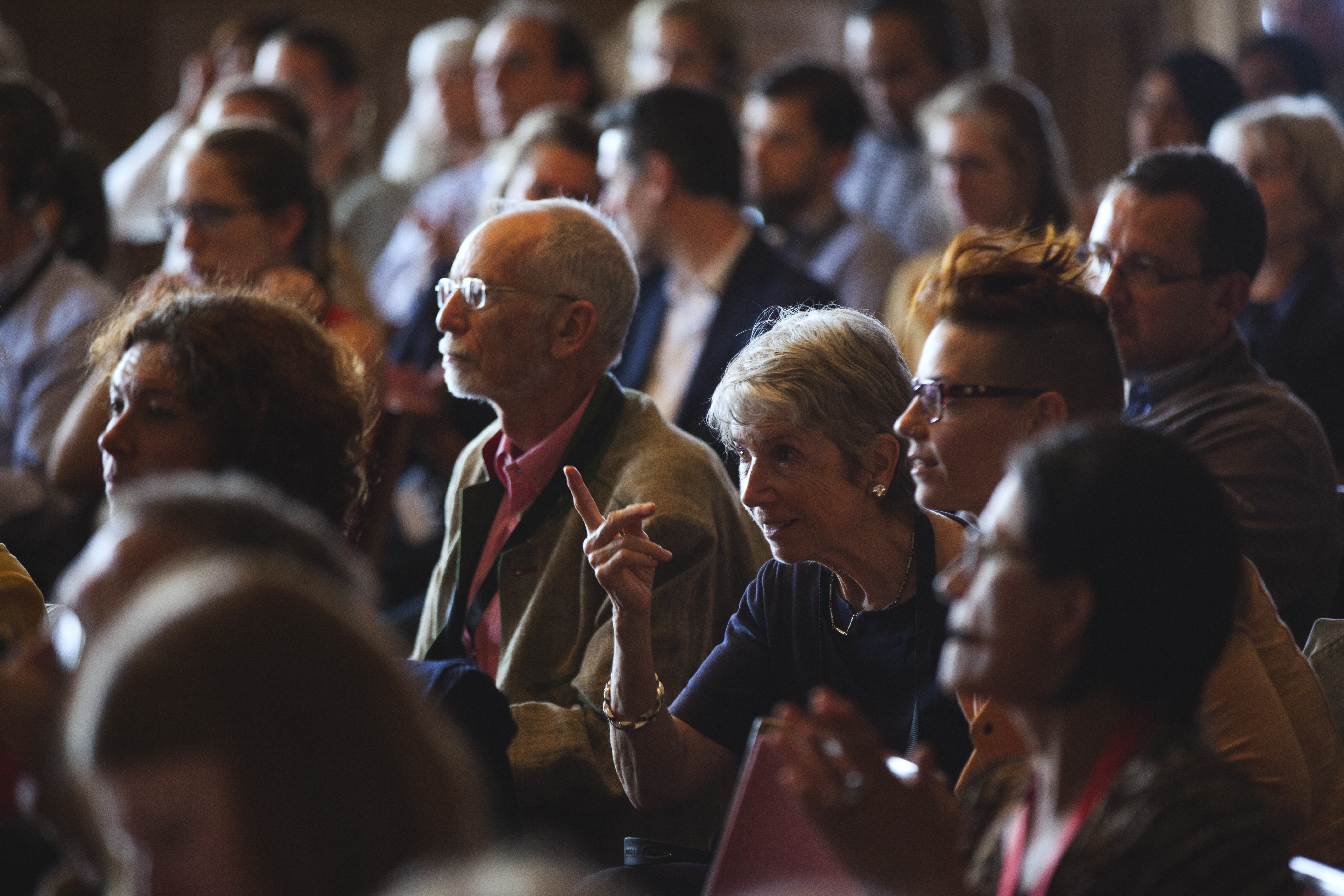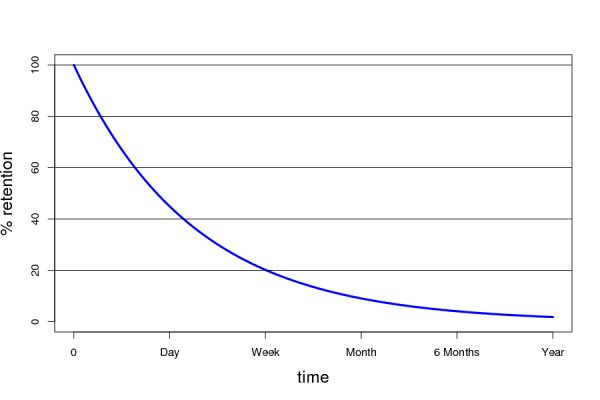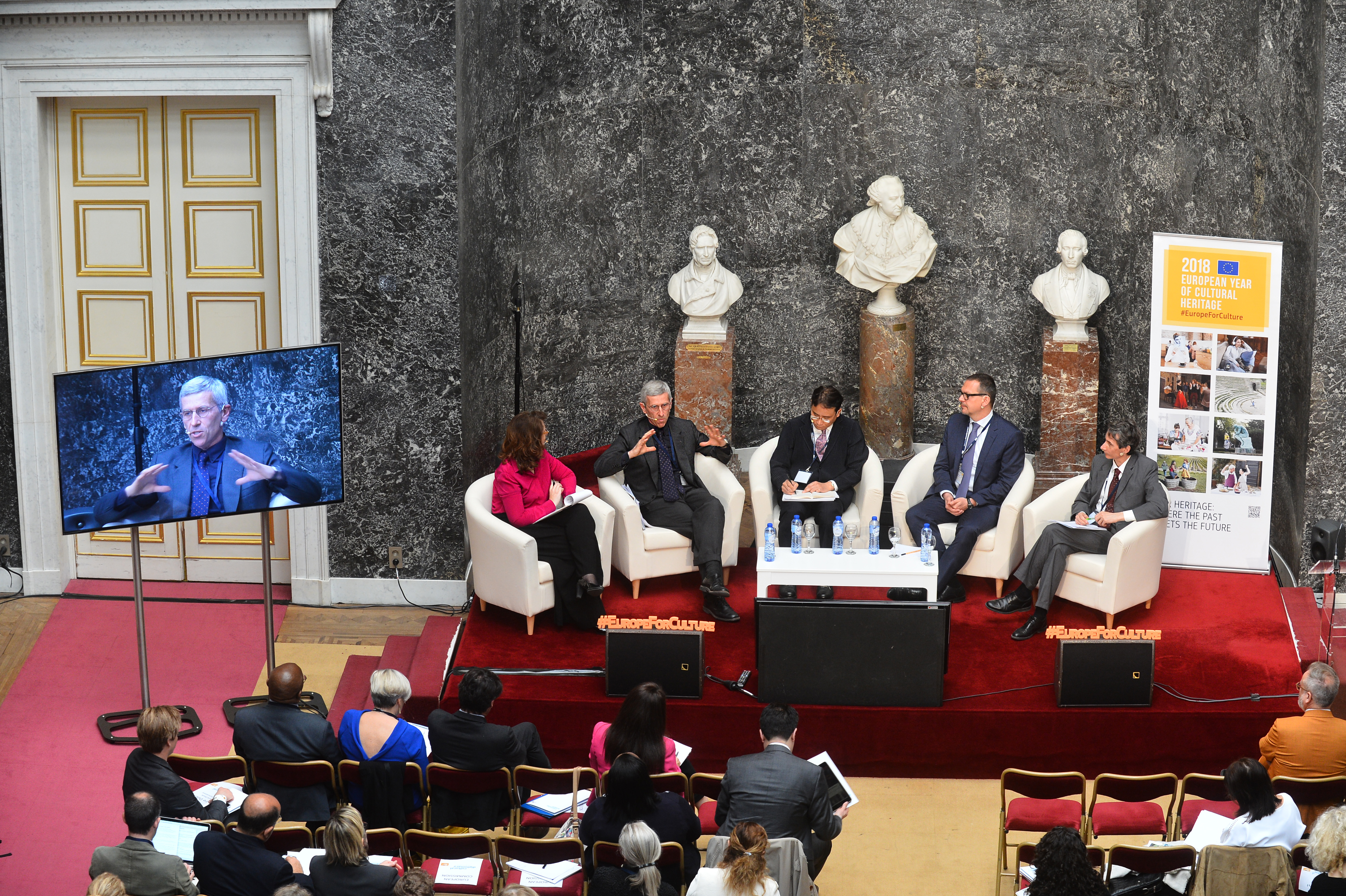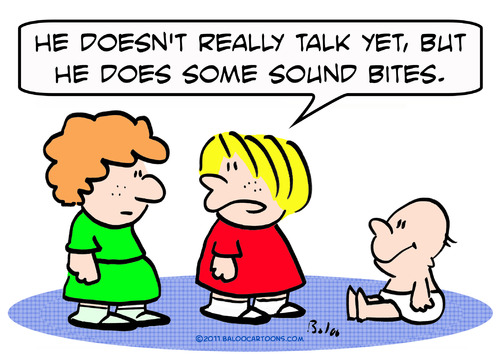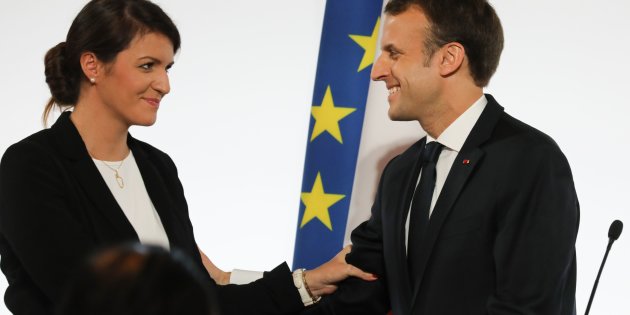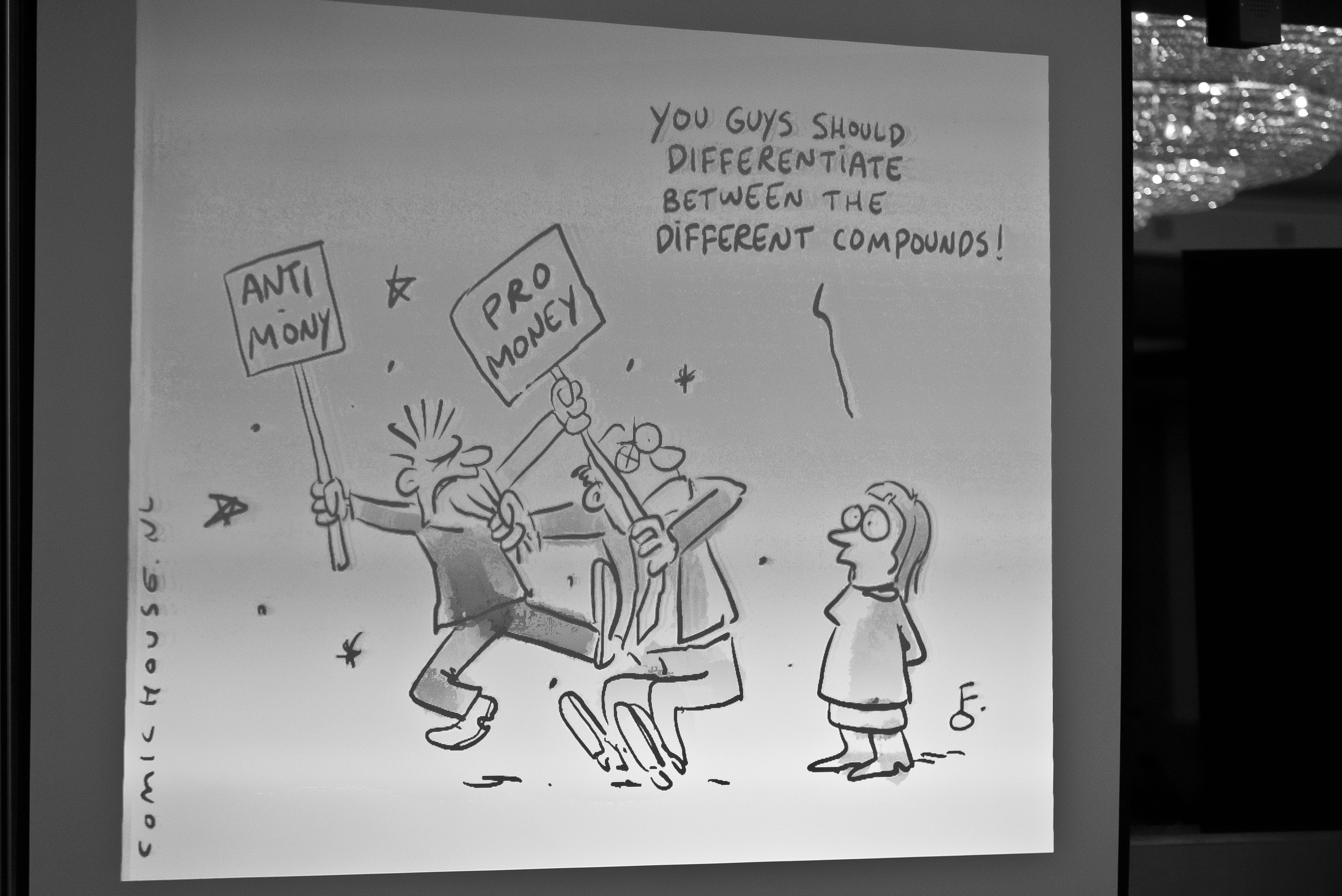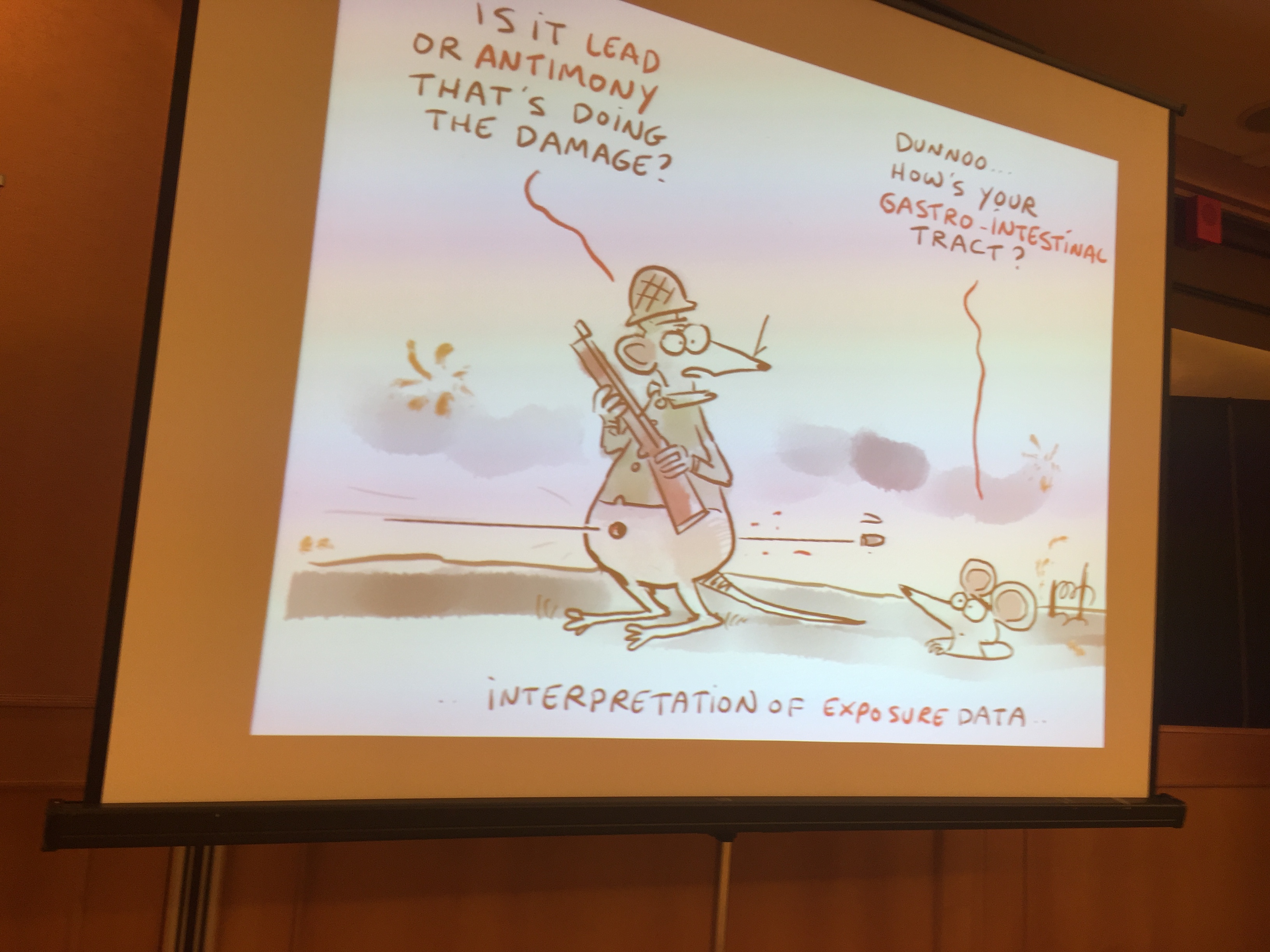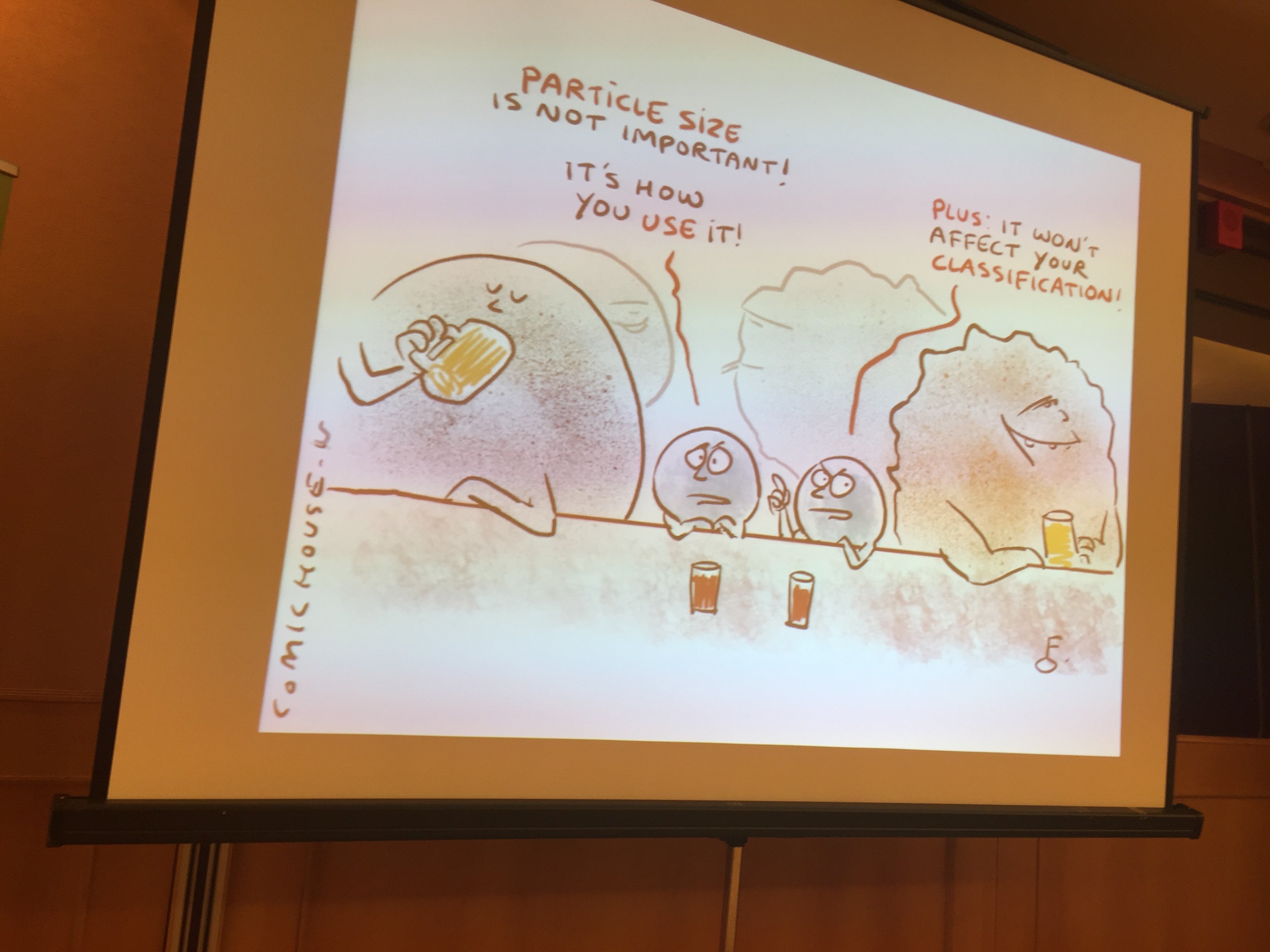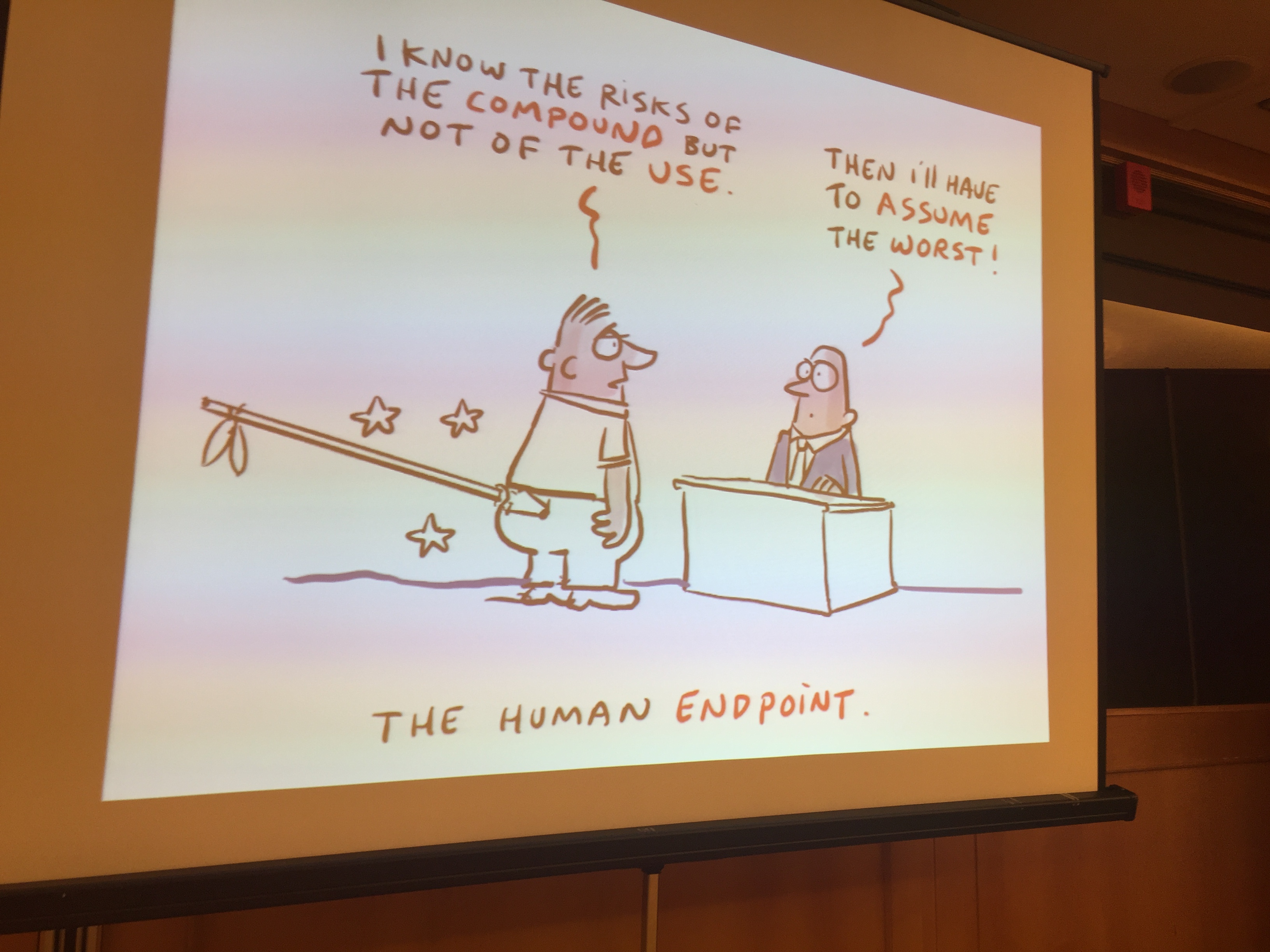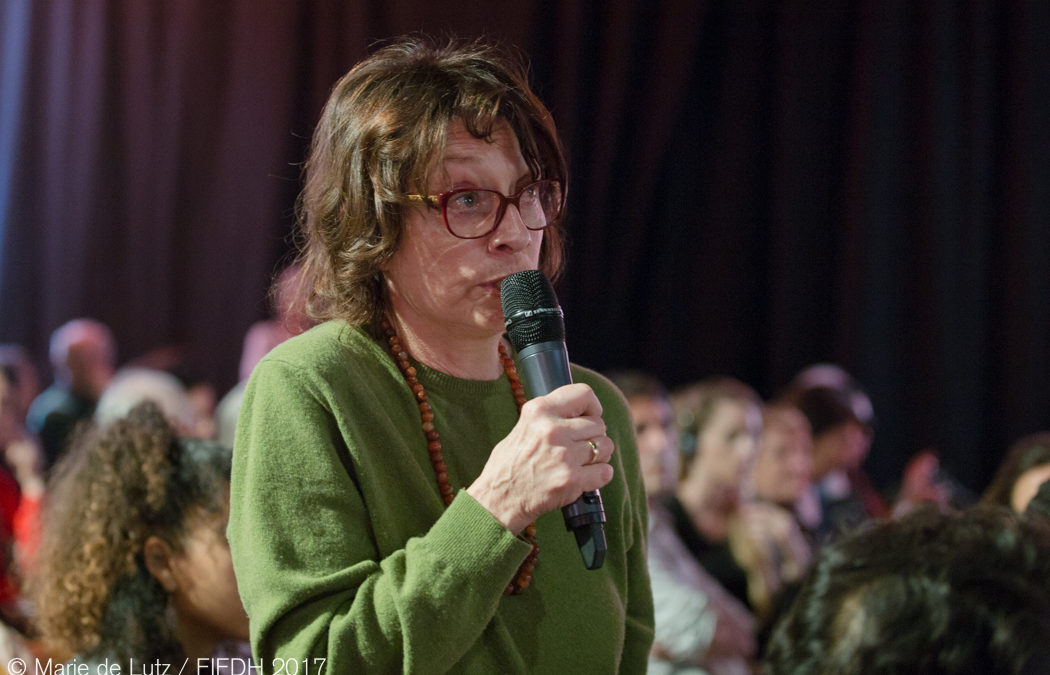
Handling Question and Answer Sessions
I was at a conference recently where during the Q and A session, the moderator failed to stop a woman from sharing her life experience as a refugee with the audience. Interesting, as it was how she ended up in Oxford from Myanmar, it was not relevant to the subject of the panel.
As the audience became restless with many rolling their eyes, the moderator did try to interrupt and ask for her question. She said she had no question but thought the audience should know about what she went through!
This made me think of how important it is as a moderator or as a presenter that you handle effectively the Q and A session.
Below are some tips based on my experience as a moderator and presenter who trains in both disciplines.
The audience member, who doesn’t ask a question, but makes a comment.
- Make it clear before you take a question that you want a question not comments.
- Take a leaf out of the book of Christiane Amanpour, the doyenne of CNN, when she moderated a panel at the UN in Geneva.
It is a technique that I find usually works but sometimes as Christiane discovered, it fails to deter the persistent. If this happens to you, you must wait for the person to draw breathe and politely interrupt for the sake of the audience and the panel members, as Christiane does here.
However, you may find, as I did, that certain audience members believe they should have been on the panel and therefore want to share their experience. This is fine as long as the organisers let you know beforehand that someone wants to intervene with a comment.
Handling the audience member who rambles
This happened to me during one of the first panels I moderated. The culprit was sitting right in my line of view so I went to him first. He made no sense as he started to read long passages from a text. I looked at the panellists to see if they understood, but found they were just as nonplussed.
I asked him to get to the point, but he continued to ramble. As the audience began to stir in their seats, I politely told him that we would answer his question in the break.
- Don’t wait until the audience become impatient before asking the questioner to clarify. If they don’t, tell them the panellists will answer their question after the event.
- Ask the organisers beforehand if there is anyone in the audience who is likely to make comments, or speeches. In this case, the person in question was a serial offender and had previously been asked to leave by security when he kept on talking without getting to the point!
Handling the audience member whose English is not understandable
This is my weak point. I speak French and German and am well aware how difficult it is to ask a question in public in a foreign language. I can be too indulgent and try and help the person too much to make their point.
- Seek clarification once, paraphrasing and checking back with them that you have understood.
- If this fails, ask if anyone in the audience can translate the question for the panel.
- Ask the organisers beforehand to provide simultaneous translation if they think the audience will benefit.
Handling the hostile questioner
In my experience this is more of an issue for the presenter/panellist than the moderator. However, the technique is similar.
- Listen actively – try to understand what they are really saying/mean and feel.
- As the moderator, you should understand and acknowledge their concern. As the presenter/panellist, you could reformulate the question positively and answer with what you know or believe. You can also involve the audience and ask their view.
- Closure – check back as the presenter/panellist or in some cases as the moderator that you have answered their question or addressed their concern.
Often people are nervous about the Q and A session, but if you take control you will earn the respect of your audience, panel and the organisers, not least because you have kept the event on time and on track.
If you would like more tips on handling the Q and A session as a panel moderator or when giving a presentation, do attend one of my moderating or presenting trainings.

